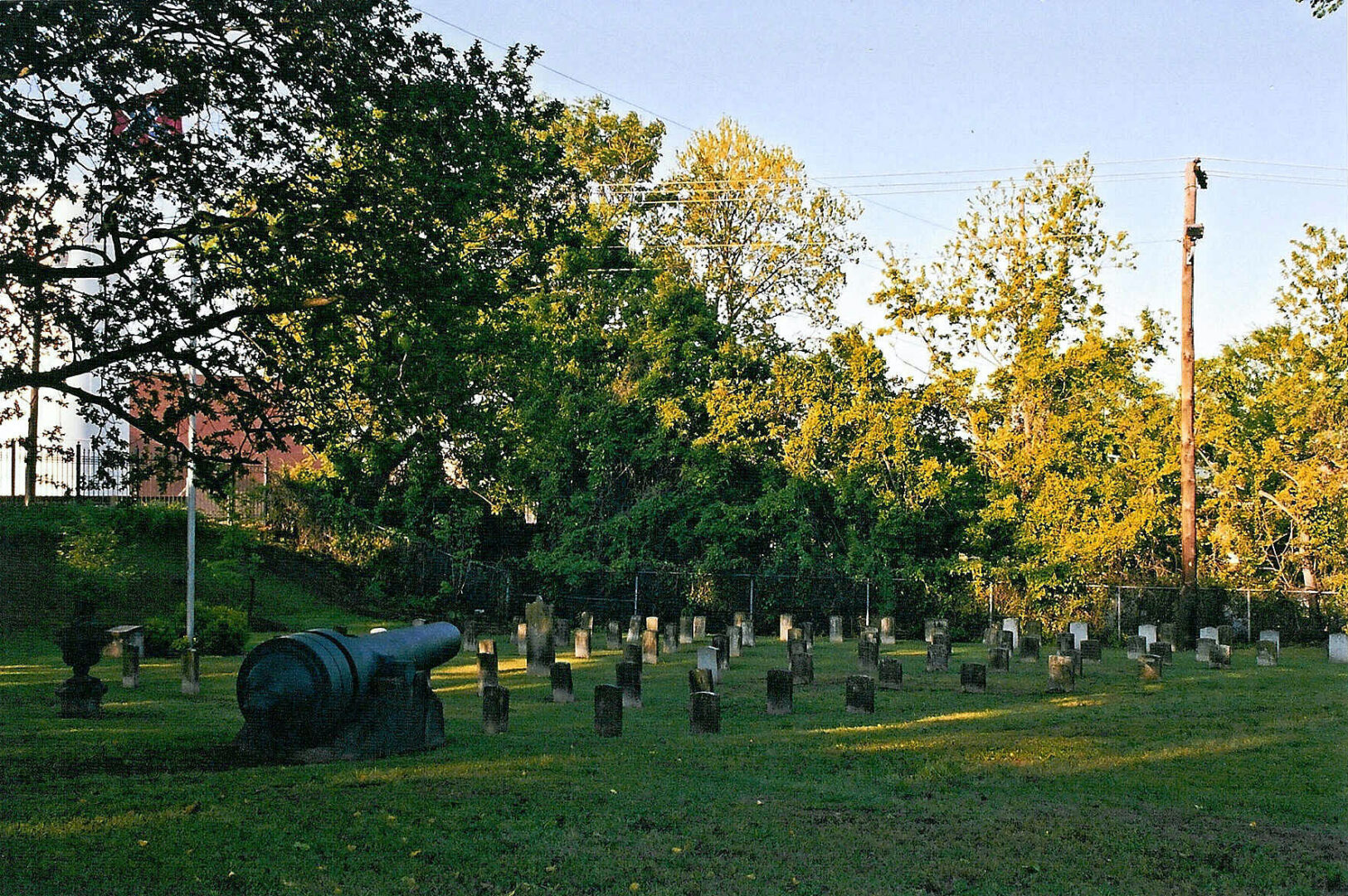Lizzie Rutherford is credited as the originator of Confederate Memorial Day, which honors the memory of Confederate soldiers and promotes a Lost Cause interpretation of the Civil War (1861-65).
While the origins of Confederate Memorial Day are somewhat obscure, many historians believe that a group of women in Columbus, under the leadership of Rutherford, created the annual observance.

Elizabeth Rutherford was born on June 1, 1833, to Susan Thweatt and Adolphus Skrine Rutherford. Her father worked as a clerk of the court in Muscogee County, and in 1860 the family enslaved ten individuals. During the Civil War, Rutherford lived in Columbus, where she was active in the Soldiers’ Aid Society, and in 1868 she married Captain Roswell Ellis, who had served in the “Columbus Guards.”
At the war’s end, the women of the Soldiers’ Aid Society of Columbus began to care for the graves of the fallen Confederate soldiers in Linwood Cemetery. According to some accounts, in 1866, Rutherford told a friend about a novel she had been reading (The Initials by Baroness von Tautphoeus), which mentioned the custom of caring for the graves of fallen soldiers. Rutherford suggested that a special day be set aside to decorate Confederate soldiers’ graves and thereby honor them in perpetuity. The women of the Columbus Soldiers’ Aid Society took up her suggestion and transformed their group into the Ladies’ Memorial Association.
In March 1866 the new group wrote to Soldiers’ Aid Societies throughout the South to encourage them to unite in decorating soldiers’ graves on April 26, the date of General Joseph E. Johnston’s surrender. After Lee’s surrender at Appomattox, Johnston, who had been charged with Georgia’s defense, surrendered the remaining major Confederate field army to Union general William T. Sherman in North Carolina. The women wrote, “We can keep alive the memory of debt we owe [the fallen soldiers] by dedicating at least one day in each year, by embellishing their humble graves with flowers. Therefore we beg the assistance of the press and the ladies throughout the South to help us in the effort to set apart a certain day to be observed.” This call was answered by memorial organizations and women’s groups across the South, as reflected in a hymn by Nella L. Sweet published in 1867, “Kneel Where Our Loves Are Sleeping,” which was dedicated “To the Ladies of the South Who Are Decorating the Graves of the Confederate Dead.”
In addition to decorating the graves of Confederate veterans, southern women’s organizations sponsored public events that honored the dead and encouraged white southern solidarity. Confederate Memorial Day speeches frequently immortalized the antebellum era, inspired a sense of nostalgia, and collectively ignored the role of slavery in the conflict.
While Rutherford and the Columbus Ladies’ Memorial Association are credited as the founders of Confederate Memorial Day, other white women undoubtedly contributed to the development of the holiday. During the spring of 1865, many northern and southern women tended the graves of loved ones lost in the war. While it is unclear where the tradition first originated, the custom was a precursor to the national Memorial Day commemoration.
Rutherford died on March 31, 1873, and was buried in Linwood Cemetery, alongside the Confederate soldiers she had sought to memorialize. Her marker, erected by the Lizzie Rutherford Chapter of the Daughters of the Confederacy (established in 1898), calls her “Soldiers’ Friend” and observes that she was the person who first suggested Confederate Memorial Day.
In 1874, the year after her death, the Georgia General Assembly officially added a public holiday, “The 26th day of April in each year—commonly known as Memorial Day.” By the end of the century many southern communities were observing the event, and the formation of the Confederated Southern Memorial Association in Louisville, Kentucky, in May 1900 led to the widespread adoption of Confederate Memorial Day.
While still occasionally celebrated in parts of the South, the holiday has come under increasing scrutiny in recent years as the country reckons with the lasting legacies of slavery and racial inequity. In 2015 Governor Nathan Deal removed Confederate Memorial Day and Robert E. Lee’s birthday from the state’s official holiday calendar.






